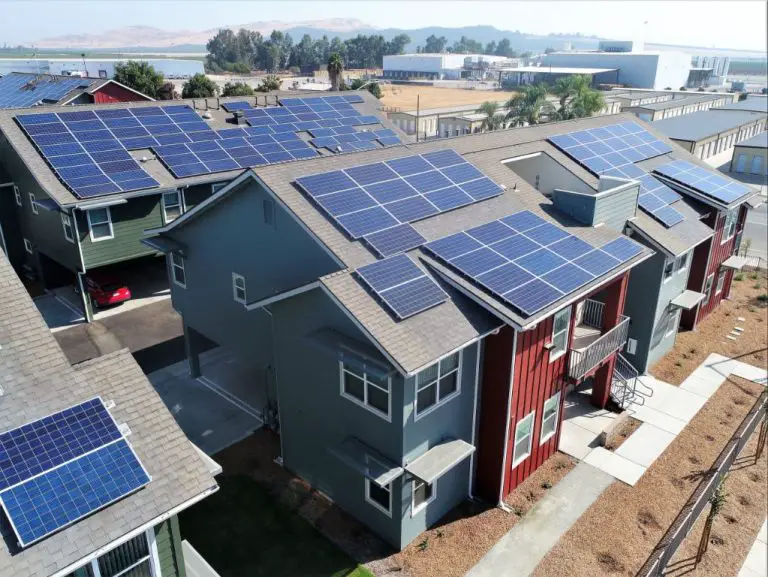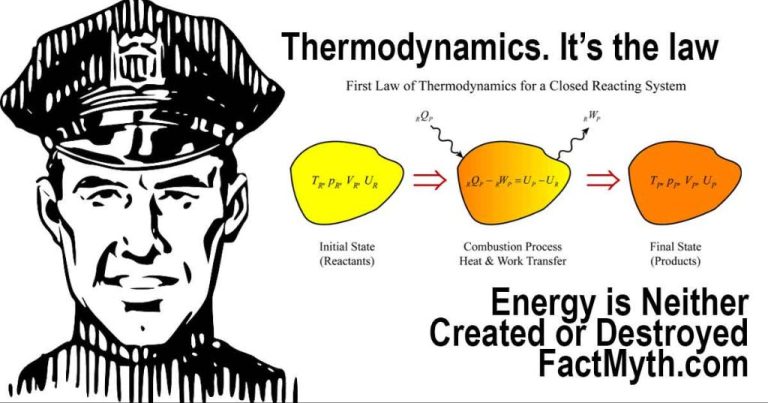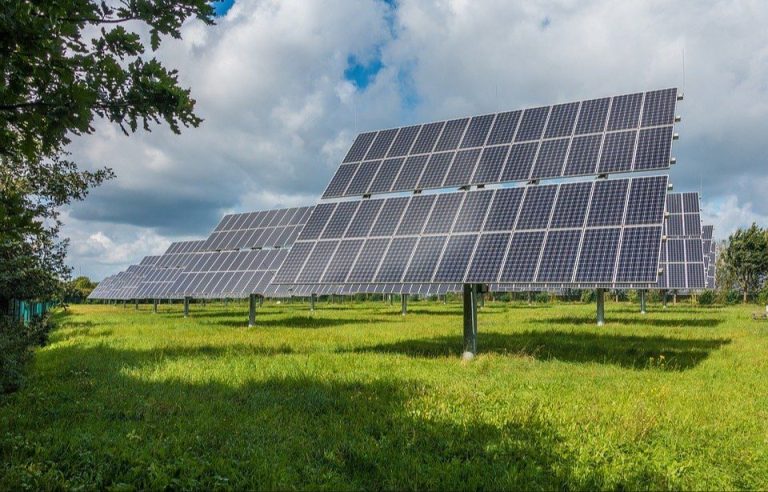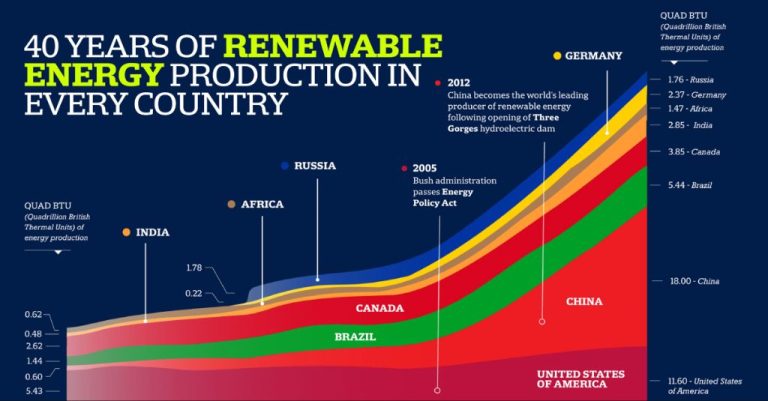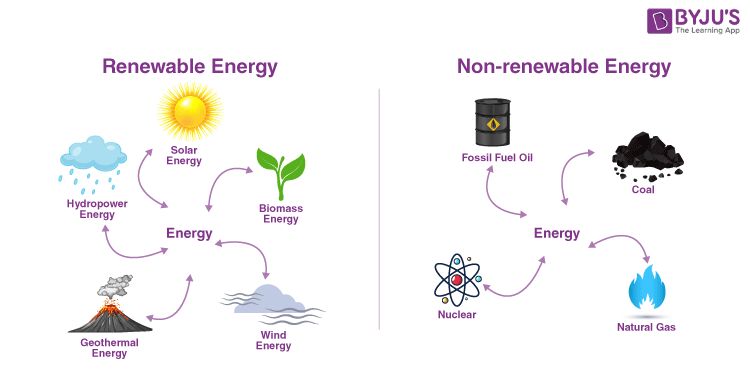What Is The Average Price Of A Solar Panel?
Solar panels are devices that convert sunlight into electricity. They are made up of photovoltaic cells that absorb sunlight and convert it into direct current electricity. This electricity can then be used to power homes, businesses, and the grid. The use of solar panels has grown dramatically in recent years as the cost of panels has declined and concerns about climate change have increased. Today, solar accounts for around 3% of electricity generation in the United States. With government incentives and continually falling prices, solar power is expected to continue growing as a sustainable energy source into the future.
History of Solar Panel Pricing
Solar panels first became commercially available in the 1970s, though they were very expensive at the time. In the 1970s, solar panels could cost over $100 per watt (https://www.solarchoice.net.au/solar-panels/is-solar-worth-it/). This high cost made solar power impractical for most homeowners and businesses. Through the 1980s and 1990s, prices gradually declined but were still out of reach for most at $5-10 per watt.
The early adopters of solar panels were often remote off-grid locations like cabins, boats, and RVs that needed small amounts of electricity. Affluent environmentalists also installed solar panels as a statement, despite the very high cost. For mainstream residential and commercial use, solar power was still too expensive to compete with grid electricity until the 2000s.
Factors Influencing Solar Panel Pricing
There are several key factors that influence the price of solar panels, including:
Manufacturing Costs
The costs to manufacture solar panels can impact pricing. Manufacturing expenses include materials, labor, equipment, transportation, and energy used in production. As technology improves, manufacturing costs tend to decline over time, leading to lower solar panel prices. Increased economies of scale as the solar industry grows also reduces manufacturing expenses per panel.https://www.independent.co.uk/advisor/solar-panels/solar-panel-cost
Supply and Demand
The basic economic principles of supply and demand affect solar panel pricing. When demand is high and supply is constrained, prices tend to rise. When supply exceeds demand, prices usually fall. Government incentives can stimulate consumer demand, while manufacturing capacity limits supply. The balance between the two determines market prices.https://www.glowgreenltd.com/solar-advice/home-solar-panels-guide
Government Incentives
Government incentives like tax credits and rebates can reduce the net price paid by the consumer. State, federal, or utility incentives that decrease overall costs would expect to increase consumer demand. Policy changes to incentives can impact pricing dynamics for solar panels.https://formesolar.com/solar-panel-cost-in-orange-county/
Breakdown of Solar Panel System Costs
The total cost of a solar panel system can be broken down into several main components:
Solar Panels
Solar panels account for around 25-35% of the total system cost on average. High efficiency panels such as monocrystalline and premium panels tend to cost more per watt than standard efficiency polycrystalline panels.
Inverters
Inverters convert the DC electricity produced by solar panels into usable AC electricity. Inverters account for around 10-15% of overall system costs on average. Microinverters for module-level optimization tend to add extra cost compared to string inverters.
Racking
Racking, the mounting structure that affixes solar panels to rooftops or the ground, accounts for about 5-15% of total installed costs. Rooftop systems require sturdier racking than ground mounts. Tracking systems that move panels throughout the day also add more racking costs.
Installation Labor
Installation labor, including transportation, permitting fees, and interconnection costs, makes up about 15-25% of the total solar panel system price. More complex installations on steep roofs or customized mounts require more labor hours and expertise, increasing costs.
Other balance of system components like wiring, connectors, and hardware account for the remaining 15-25% of costs. Ongoing system monitoring, maintenance and optimization software can also add to the overall price.
Recent Solar Panel Pricing Trends
Solar panel prices have been steadily declining over the past decade. According to Solar Panel Price Trends, in 2011 the average price per watt for solar panels was around $1.80. Prices declined to around $0.74 per watt by 2014. By 2021, the average solar panel price per watt had dropped to $0.21.
This steady downward trend in pricing is largely attributed to improvements in technology and manufacturing that have made production more efficient and cost-effective. As demand has grown globally, economies of scale have also helped bring down costs. In addition, healthy competition among solar panel manufacturers, particularly from China, has put pressure on prices.
Industry experts forecast that solar panel pricing will continue to experience gradual declines in the coming years. However, supply chain issues, rising material costs, and other macroeconomic factors may cause some fluctuations in the near-term. Overall, increased adoption of solar is expected to spur further innovations that could accelerate the decline in average pricing per watt.
Average Cost per Watt
The average cost per watt for solar panels in the United States ranges from $2.99 to $3.50, with the typical national average around $3.09 per watt as of late 2022 and early 2023.
However, the cost per watt can vary significantly depending on your location. Some key factors that influence the average solar panel cost per watt in different states include labor costs, permits and fees, and solar incentives or rebates.
For example, the average solar panel cost per watt in California is $3.44, which is way above the national average. However, when you consider that the average solar panel system size in California is 7.5kW, the higher per watt costs are offset through economies of scale. In contrast, in Florida the average cost per watt is $2.99 due to abundant solar resources and fewer permitting hurdles. [1]
Overall, the cost per watt ranges from a low of around $2.50 in some states to a high of $4.00+ in areas like Hawaii with very high labor and permitting costs. Tracking your local market rates per watt is important for understanding average system pricing.
Average Total System Cost
The total cost of a solar panel system includes more than just the solar panels themselves. It also includes costs for installation equipment, labor, permitting and inspection fees, sales tax, and any additional hardware needed for the specific installation.
For a typical residential solar system, the average total cost ranges from $2.50-$3.50 per watt according to Nerdwallet. This means a 5 kW system would cost $12,500-$17,500 on average. The main factors affecting residential solar costs are roof type, electricity needs, location, and available sun exposure.
For commercial solar systems, the average total cost is slightly lower at $1.50-$2.50 per watt according to the same source. So a 50 kW commercial system would average $75,000-$125,000 in total installation costs. The economy of scale for larger systems brings down the per watt costs. Location is also less of a cost factor since commercial sites can be chosen based on optimal solar exposure.
Future Solar Panel Price Projections
Most experts predict that solar panel prices will continue to decline in the coming years. According to a recent analysis, solar module prices could reach as low as $0.10 per watt by the end of 2024, representing a 40% price drop from 2022 levels. Several key factors are expected to drive continued price declines:
Improved manufacturing efficiency and economies of scale as solar production volumes increase globally. Solar companies are finding ways to produce panels more cheaply through better automation, supply chain improvements, and by spreading fixed costs over a larger number of units.
Ongoing technological innovations that boost panel efficiency and energy yield. As R&D leads to gains in cell efficiency and performance, manufacturers can reduce materials costs per watt produced.
Increasing competition, especially from Chinese solar manufacturers. More players in the market will put downward pressure on pricing as firms compete for market share.
The expiration of import tariffs on foreign-made solar panels. Reduced trade barriers could accelerate cost declines as more low-cost panels enter the U.S. from Asia.
While it’s impossible to predict exactly how much prices will fall, most projections estimate an average decline of around 5-7% annually over the next 5-10 years. This continued decrease will likely keep making solar power more affordable and economically viable over time.
Ways to Save on Solar Panel Costs
There are several ways homeowners can reduce the cost of installing solar panels:
Get quotes from multiple installers. Prices can vary dramatically between companies, so it pays to get 3-5 quotes. Compare the system sizes, equipment brands, warranties, and total costs. Look for an installer that provides high-quality equipment for a competitive price.
Check for federal, state, and local incentives. The federal solar tax credit offers a 26% tax credit for systems installed in 2023. Many states and utilities also offer rebates and other solar incentives that can reduce costs by thousands. Use an incentive estimator to maximize savings.
Consider DIY installation. For handy homeowners, self-installing solar panels can provide significant savings on labor costs. However, permitting, fees, inspections, and expertise may still be required.
Go with a simpler, smaller system. Optimize solar array size to match your electricity usage rather than maxing out your available roof space. Fewer solar panels will cost less upfront.
Buy solar panels, not a lease or PPA. While leases or PPAs can avoid upfront costs, they cost more long-term. Purchasing a solar system provides full ownership and maximum lifetime savings.
Conclusion
In summary, the average price of solar panels has decreased substantially over the past decade. The most important metric is the cost per watt, which has fallen from over $7 in 2010 to around $0.80 in 2022. The average total cost for a residential solar panel system is now between $15,000-$25,000 before incentives, with the national average around $18,000 for a 6 kW system. This comes out to roughly $2-$4 per watt of solar power installed.
Prices are expected to continue falling over the next 5-10 years as technology improves and solar energy scales further. However, there are still many ways to lower the cost through shopping around, waiting for sales and tax credits, buying in bulk with neighbors, and considering lower wattage needs. With smart planning, you can likely get a solar panel system installed on your home for under $3 per watt in today’s market.
In the end, solar power has become extremely affordable and accessible to homeowners across the country. The economics make sense for most households, with estimated payback periods averaging 6-8 years. As prices continue to fall, solar energy will become even more compelling for homeowners looking to reduce electricity bills and live sustainably.

